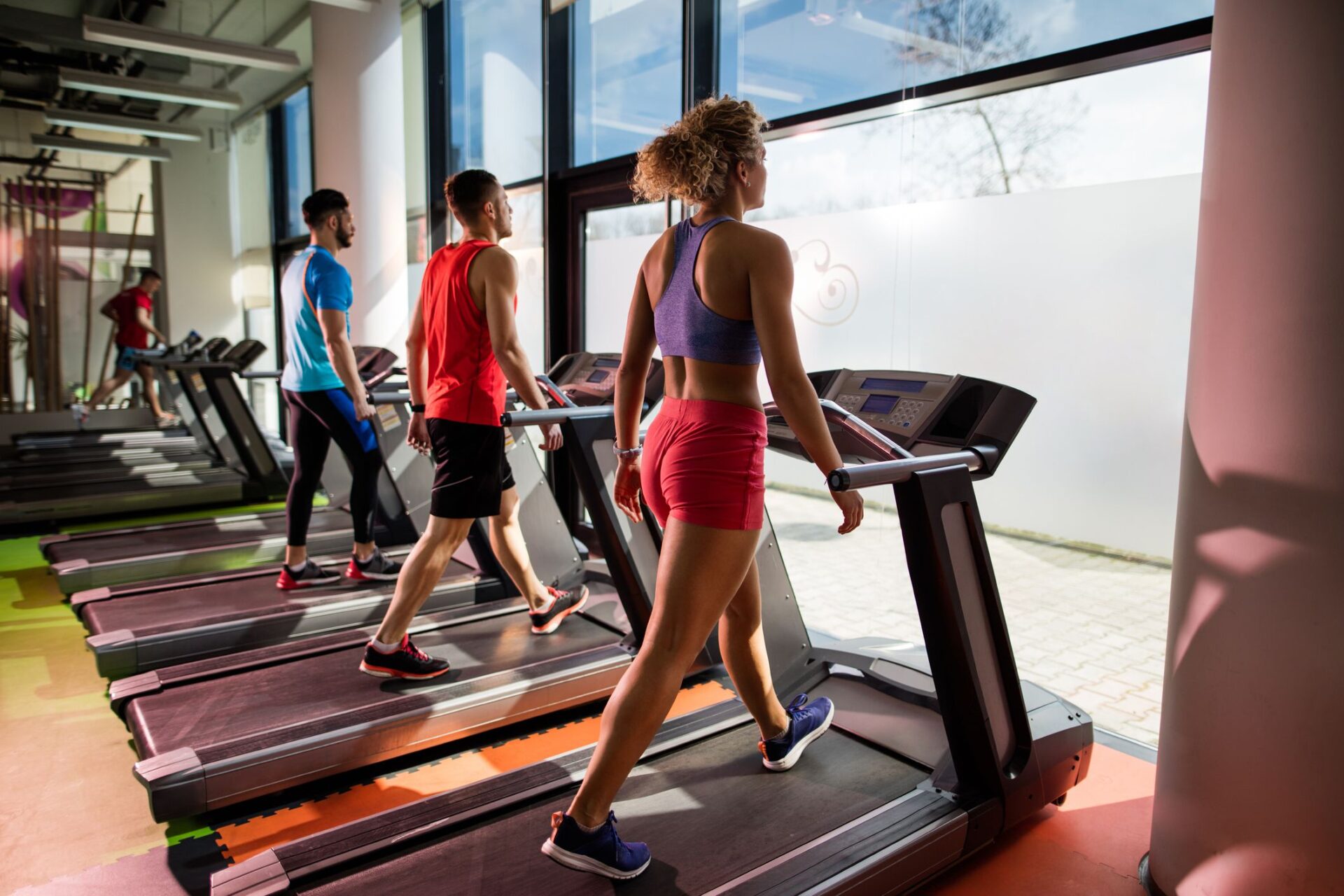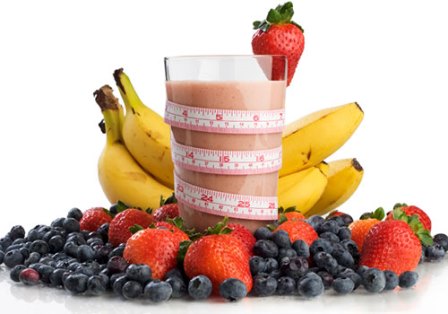There are 5 foods that can help keep weight gain in check, apart from good sleep and regular activity.
Team Metrognome | editor@themetrognome.in
Menopause is a natural phase in every woman’s life, marking the end of the monthly menstrual cycle and a significant shift in hormonal balance. For many women, this stage often brings with it the unwelcome issue of weight gain, particularly around the abdomen. The issue becomes even more crucial for Indian women, who may not find the time or resources to shift the excess weight effectively.
Understanding why menopause causes weight gain and how to manage it can help women navigate menopause with confidence and vitality.
Why Does Menopause Lead to Weight Gain?
The hormonal changes during menopause, especially a decline in estrogen levels, play a pivotal role in altering metabolism and fat distribution. Here are some key reasons why weight gain occurs:
- Slower Metabolism: After your 40s, the body’s metabolic rate naturally slows down, making it easier to gain weight.
- Hormonal Shifts: Reduced estrogen levels can lead to fat being stored more in the abdominal area, followed by the hips and thighs. Fat is also stored in the lower back and arms.
- Loss of Muscle Mass: Aging leads to sarcopenia, or the loss of muscle mass, which further reduces calorie-burning capacity.
- Increased Stress and Sleep Disturbances: Many women experience heightened stress or insomnia during menopause, which can increase cortisol levels and lead to weight gain.
- Lifestyle Factors: Reduced physical activity and dietary habits often contribute to weight gain during this phase.
The Impact of Menopausal Weight Gain
Carrying excess weight during menopause is not just a cosmetic concern. It can increase the risk of several health issues, including:
- Cardiovascular diseases
- Type 2 diabetes
- Osteoarthritis
- Certain cancers
Addressing menopausal weight gain involves a combination of dietary changes, physical activity, stress management, and adequate sleep. Focusing on nutrient-rich foods that support metabolism and hormonal balance is a great place to start.
5 Foods to Eat to Reduce Menopausal Weight Gain
- Flaxseeds
- Why They Work: Flaxseeds are rich in lignans, which are plant-based compounds that can mimic estrogen and help balance hormones. They are also high in omega-3 fatty acids and fiber, aiding digestion and reducing cholesterol levels.
- How to Use: Add ground flaxseeds to smoothies, yogurt, or sprinkle over salads and rotis.
- Leafy Greens
- Why They Work: Spinach, fenugreek leaves, and other leafy greens are low in calories and high in nutrients like calcium, magnesium, and vitamin K, which are essential for bone health. Their high fiber content helps control hunger and support weight management.
- How to Use: Incorporate them into dals, parathas, or make a fresh green smoothie.
- Curd (Yogurt)
- Why It Works: Curd is a probiotic-rich food that promotes gut health. A healthy gut can improve digestion and reduce inflammation, both of which are crucial for managing weight. Curd is also a great source of calcium, essential for maintaining bone density.
- How to Use: Enjoy a bowl of curd with meals or as a mid-day snack topped with fruits or seeds.
- Lentils and Legumes
- Why They Work: Dal, chickpeas, kidney beans, and other legumes are packed with plant-based protein and fiber, which help maintain muscle mass, keep you full, and stabilise blood sugar levels.
- How to Use: Include them in traditional Indian dishes like dals, curries, or salads.
- Nuts and Seeds
- Why They Work: Almonds, walnuts, sunflower seeds, and chia seeds are excellent sources of healthy fats, protein, and micronutrients like magnesium and zinc. These nutrients support hormonal health and reduce cravings.
- How to Use: Snack on a handful of mixed nuts or add seeds to your morning porridge or desserts.
Tips to Enhance Weight Management During Menopause
- Stay Active: Incorporate strength training, yoga, or brisk walking into your routine to build muscle and boost metabolism.
- Hydrate Well: Drink plenty of water to flush out toxins and stay energised.
- Prioritise Sleep: Aim for 7 to 8 hours of quality sleep to regulate cortisol levels and support metabolism.
- Practice Mindful Eating: Avoid overeating by paying attention to hunger cues and savouring meals without distractions.
- Manage Stress: Engage in meditation, deep breathing, or hobbies to keep stress levels in check.
Embracing Menopause with Positivity
Menopause is a time of change, but it can also be a time of growth and self-discovery. By making informed dietary choices and embracing a healthy lifestyle, you can manage menopausal weight gain effectively and enjoy this phase of life with vigour and grace.
Remember, it’s not just about losing weight but about feeling your best. Start small, stay consistent, and celebrate your journey toward a healthier you.





